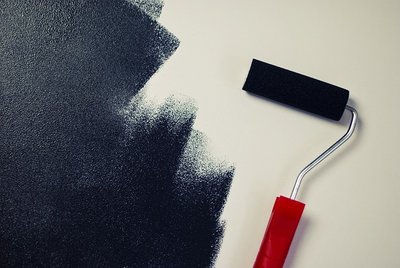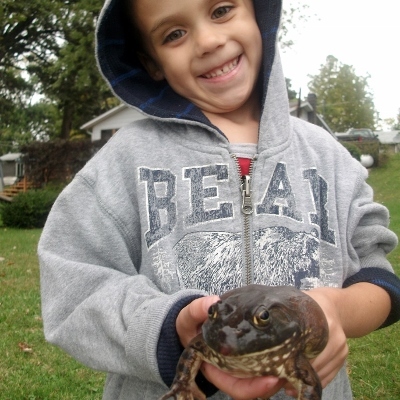 Lead in water supplies has been trending in the news, but did you know that lead could be found in other materials, too? And the CDC (Center for Disease Control) says that there is no safe lead level for children. From the time a fetus is in utero, lead poisoning can cross the placenta, and then when a baby is born, lead toxins can even pass through breast milk. This is why learning about lead poisoning is so important, and each parent should investigate his or her home and surroundings to avoid this metal.
Lead in water supplies has been trending in the news, but did you know that lead could be found in other materials, too? And the CDC (Center for Disease Control) says that there is no safe lead level for children. From the time a fetus is in utero, lead poisoning can cross the placenta, and then when a baby is born, lead toxins can even pass through breast milk. This is why learning about lead poisoning is so important, and each parent should investigate his or her home and surroundings to avoid this metal.
We keep hearing about Flint, Michigan, and their issues with lead pipes and the water supply, but supposedly Flint is not alone. Higher amounts of this heavy metal have been found in other cities as well, according to the American Water Works Association. And yet, parents do not realize that water isn’t the only source of lead. Lead is invisible to the naked eye and has no smell – but so dangerous. Here are other sources of lead that we need to check for our children’s safety and even for us.
Lead-based paint was used in most homes before 1978, so if you suspect you have this in your home you need to check for loose chips and dust. There is a concern that young children may eat these chips and/or inhale the dust that may be created when doors or windows open and close. If you suspect that your home has lead-based paint, there are DIY test kits that can be purchased to obtain samples and sent to laboratories to do lead testing. Removing old lead paint can be dangerous and best left to be done by professionals. Some homeowners chose to repaint over the lead paint with safe paint as long as the surface has not been scraped. Our first home was built in 1920 and we chose to do the repainting in a few areas. Many other room were original wood cedar planks that were safe. Pregnant women and children under the age of six should vacate the premises during the removal process and/or repainting.
Older playground equipment may contain lead. The same dangers of children eating chips or even getting the tiny bits on their hands are hazardous. Then, the soil becomes contaminated from the breakdown of these paints on the equipment. Children playing in the surrounding dirt get in contact with these toxins. Make sure your children wash their hands thoroughly after outdoor excursions to playgrounds.
Toys are also an issue as old toys and imported ones can contain lead. In the United States lead paints were banned in 1978, but it is still widely used in other countries. Also, some plastics still contain lead (not yet banned) and when these plastics are exposed to elements such as sunlight and detergents, the lead breaks down and leaches out.
My only advice to parents is to make a habit of checking the Consumer Product Safety Commission’s website for any recalls and news about protecting your child from dangers. And, check with your pediatrician about lead poisoning tests if you feel your child has been exposed.










